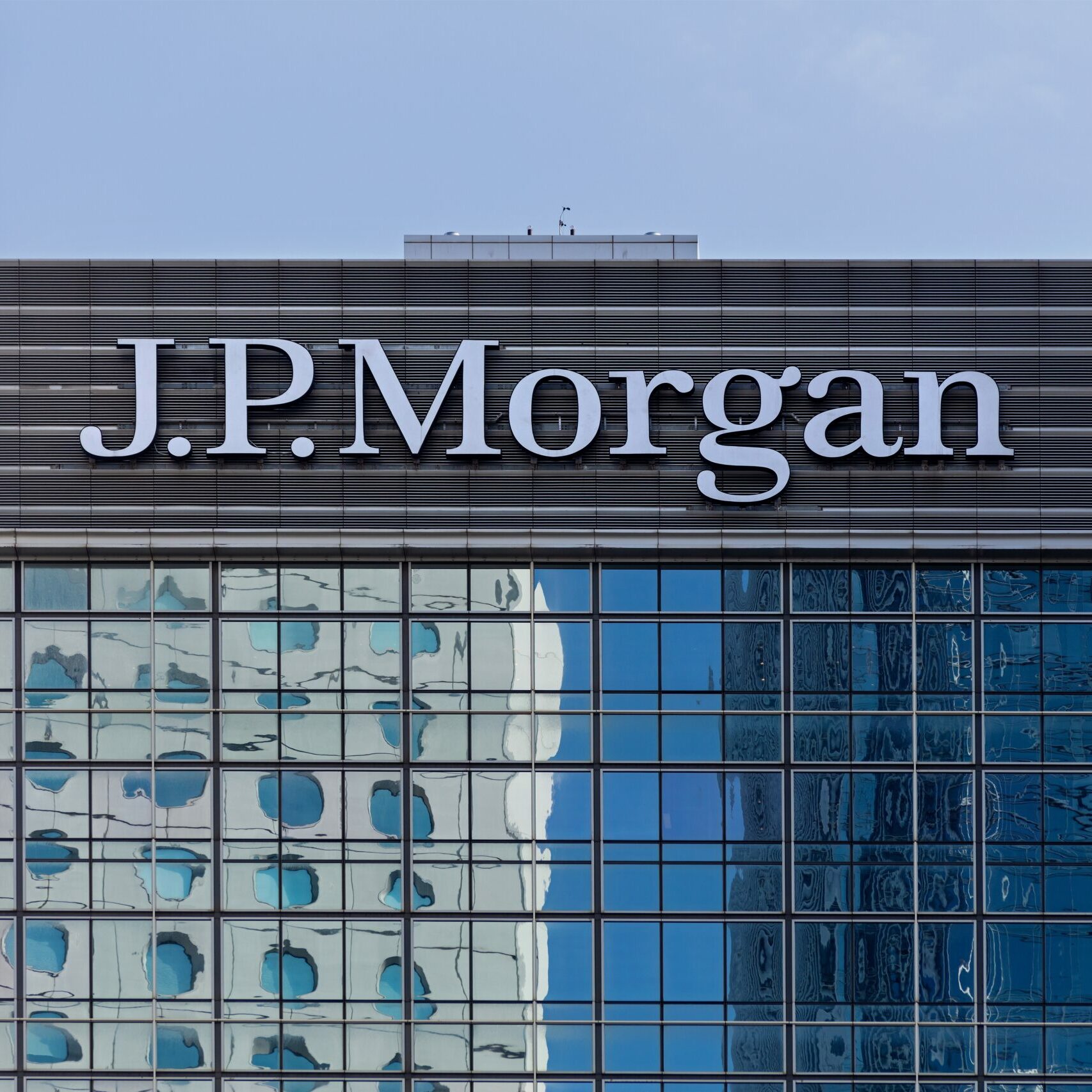It is fair to say that Sigma Analysis & Management, based in Toronto, takes a uniquely quant-focused approach to the way it operates managed accounts. Founded in 1999 by Professor Luis Seco, director of the Masters of Mathematical Finance programme at University of Toronto and RiskLab, and David Rudd, past Chair of the Montreal Exchange Futures Committee, Sigma was designed to assist Canadian public pensions in analysing their hedge fund investments.
Originally based in the Fields Institute for Research in Mathematical Sciences, and comprised of a team of individuals with PhDs in physics, math and computer science, Sigma has grown over the past 18 years to become an investment manager whose quantitative strength is now complimented with top tier global investment, operational and legal expertise.
True to its risk management roots, Sigma’s growth has been purposefully strategic. Unlike some other managed account providers, Sigma has remained a boutique firm, wholly employee owned, which allows it to operate as a true fiduciary to its clients. By avoiding the conflicts presented by being part of a larger conglomerate, Sigma is able to act independently on behalf of the client in establishing a structure with the appropriate service provider relationships and maximum flexibility.
“Since 2006 we’ve focused on building out a turnkey solution for investors and working as a trusted partner,” says Andrew Biggs (pictured), Director of Investments. “We focus on being hands on and mindful of the client’s needs. That bears itself out in terms of how we approach managed accounts. It ends up being a very bespoke product that we build for our clients.”
Its quantitative bend and independence has allowed Sigma to bring an unrivalled expertise in risk management and analytics to the managed account experience, delivering customised investment solutions to institutional investors.
Notably, it has been working with institutional investors since 2006, delivering multiple custom managed account platforms that have provided the investor with enhanced transparency, control and capital efficiency, of which have led to a greater understanding of alpha generation as well as the implementation of many innovative fee methodologies.
“From our perspective,” says Michael Rudd, Senior Director of Investments, “transparency is the starting point. While managed accounts bring many `defensive’ capabilities, Sigma’s guiding principle has always been that managed accounts should also be used `proactively’, to extract additional alpha via smart risk management. For example, in the defensive bucket I would put liquidity, position and style drift monitoring, and in the proactive bucket I would put fee discussions, and alpha extraction.”
“Sigma has built technology to pinpoint exactly where the returns are coming from,” says Rudd. “We can summarise and aggregate position level information to come up with a meaningful understanding of returns in portfolios.” By getting to the very heart of an investment strategy to ascertain where the returns are coming from, investors now have technology that allows them to distil a more meaningful understanding of a manager’s strategy and managers appreciate the enhanced dialogue that investors can bring to the table.
“We developed a proprietary suite of tools to gain transparency into the portfolio, dissect strategies, etc, and this has really helped us to better understand managers’ investment strategies,” continues Biggs. “Having access to that type of information and having high quality data, which is one of the bigger challenges across MAPs, sets us apart in the marketplace. The trading, programming and mathematics backgrounds we have allow us to be an active fiduciary and trusted advisor to our clients as opposed to simply providing a structure.”
This enhanced transparency and Sigma’s proprietary tools have also borne themselves out in helping create structural alpha through smart fee arrangements. Leveraging the capabilities of its own internally-developed Sigma Fee Laboratory or “Fee Lab,” Sigma has been able to analyse fee structures to determine the appropriate arrangement for both the client and the manager. “We have found that the enhanced transparency of managed accounts has resulted in long-lasting partnerships between investors and managers,” says Rudd.
In addition to transparency, Sigma has also maximised the benefits offered by the managed account structure with respect to capital efficiency. Sigma has developed highly capital efficient structures, which are particularly beneficial to institutions in today’s protracted low rate environment.
For example, rather than fully funding hedge fund investments, Sigma’s platforms are able to access the same level of risk allocation for investors at a fraction of the capital required in direct investments. This provides investors not only capital efficiency but an opportunity to reduce overall fund costs. If an investor chooses, excess cash can be put to work by using a variety of hedging overlays with futures and other derivative instruments.
“Investors can be more proactive in terms of developing alpha generating strategies that are more capital efficient, and managed accounts open the door to overlay trades, rather than making a full capital allocation to a fund or account,” explains Rudd.
In running capitally efficient platforms, Sigma takes control over collateral and counterparty risk management.
“We take care of collateral management and we handle the allocations to all the different counterparties, making sure there is enough margin to hand for each investment strategy. We are able to minimise counterparty risk from that perspective by limiting the amount of capital at each of the counterparties to what is needed to run the platform, as opposed to holding excess cash balances” says Biggs. “Considering that most service provider costs are based on AUM, this allows strategies to be run much more efficiently. The cost savings can be material, making managed accounts a must-consider for all institutional managers.”








